A rule recently finalised by the US Environmental Protection Agency (EPA) that will ban most uses of dichloromethane (DCM), also known as methylene chloride, could cause problems for research labs.
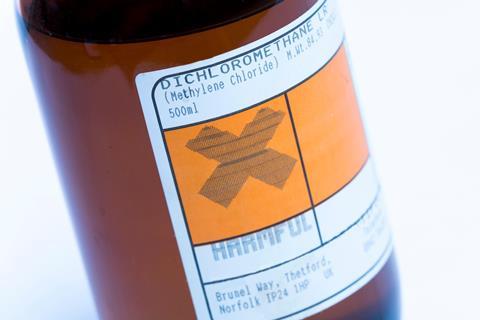
Under the new regulation, consumer use of DCM will be phased out within a year and most industrial and commercial uses will be prohibited within two years. However, certain applications of the chemical will be allowed to continue with strict worker safety oversight, including its use as a laboratory chemical. These uses come with stringent exposure limits – monitoring requirements, as well as worker training and notification obligations, which will place an additional burden on academic labs.
DCM is probably one of the top five solvents used in academic labs, according to Russ Phifer, former chair of the American Chemical Society (ACS) division of chemical health and safety and executive director of the National Registry of Certified Chemists. He notes that it is used for purification, extraction and as a solvent for many chemical processes.
When the EPA originally proposed the rule last year, the ACS expressed concern that, as drafted, it would become a de facto ban on the use of DCM in academic labs, recalls Caroline Trupp Gil, the ACS’s senior government affairs manager. ‘The final rule did not incorporate ACS feedback and the requirements outlined in the workplace chemical protection plan for lab use are impractical for academic institutions.’
For example, the ACS had argued that many institutions lack the necessary subject matter expertise on staff to implement periodic monitoring and contracting these services or creating new positions could be costly. In addition, the society noted that monitoring for atmospheric DCM would require sensitive, expensive equipment.
Chemistry World contributor Chemjobber, a process chemist based in the US, agrees. He explained in a blog post that the new EPA ruling mandates any workplace using DCM must determine and document who handles the substance, as well as record and monitor exposure during use. That means buying a monitoring device like a photoionisation detector, which can cost around $4000 (£3150), he said. ‘No professor is going to [do] this – instead, they’re going to either 1) ignore the new rule or 2) ban the use of DCM in their labs. Hard to know which one they will choose.’
Significant effort required
Craig Merlic, an organic chemist and executive director of the University of California Center for Laboratory Safety, says that this regulation will require significant effort by university environmental health and safety teams to ensure that these new rules are met.
‘As far as teaching laboratories are concerned, all use of DCM should stop,’ Merlic tells Chemistry World. ‘Many colleges and universities stopped using DCM in lab classes already, but any remaining use should cease.’
Sebastien Vidal, an organic chemist and research director of the Institute of Chemistry of Natural Substances at CNRS in France, notes that DCM is the most commonly used and convenient solvent for glycosylation reactions. He can testify that DCM is hazardous to work with, following a gruesome accident in his lab in 2018.
Despite being a very effective solvent, DCM is noxious – the chemical’s vapours can irritate the respiratory tract and eyes, among other more serious symptoms. Phifer recalls that DCM can ‘make you dizzy, lightheaded and it’s been blamed for a lot of things … including chloracne’, a form of acne caused by exposure to aromatic halogenated compounds.
Exposure to DCM is mostly a concern when it comes to consumer applications, as opposed to in the lab where it is handled in a fume hood, Phifer notes. Nevertheless, he says the logical thing is to replace this chemical in the lab with something that isn’t halogenated. But he notes that it is integral for many lab operations. DCM is used, for example, in sample preparation, as well as in extractions of volatile and semi-volatile organic compounds.
‘Removing DCM from the list of possible solvents is actually a quite difficult decision for organic chemists and substitution solvents will take over with lower toxicities, lower flammability while conserving similar chemical properties,’ Merlic states. He points out that several green alternatives to DCM have been suggested, but many of them are based on simple polarity and have serious problems with chemical reactivity. ‘They may work for chromatography, but not in chemical reactions,’ Vidal asserts. ‘For example, DCM is used in many reactions employing powerful Lewis acids, so green solvent alternatives such as ethanol or diethoxymethane are not even remotely viable options.’
Meanwhile, industry is systematically removing DCM from its research and production facilities over fire hazard and toxicity exposure concerns, according to Vidal. Ultimately, he suggests, the chemical will be phased out of academic labs entirely, but others are less certain.
Merlic, for example, predicts that research use of DCM will follow the path of benzene. ‘Industrial researchers stopped all use of benzene decades ago, but we can still see in journal articles and seminars academic researchers using benzene as a reaction solvent,’ he says.
Update: The spelling of Russ Phifer’s name was corrected on 28 May 2024







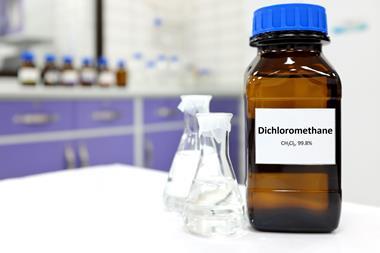

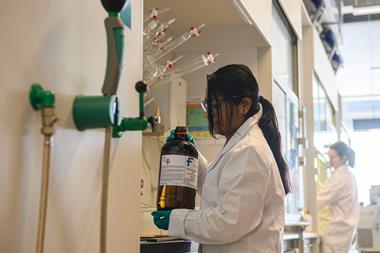
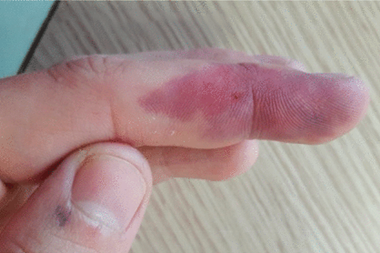

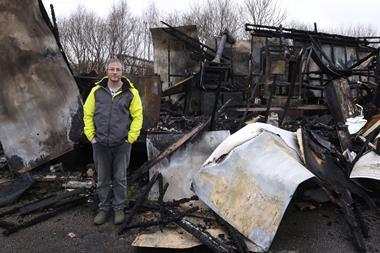
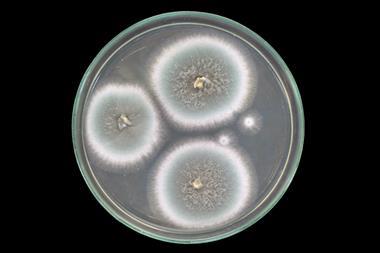



4 readers' comments